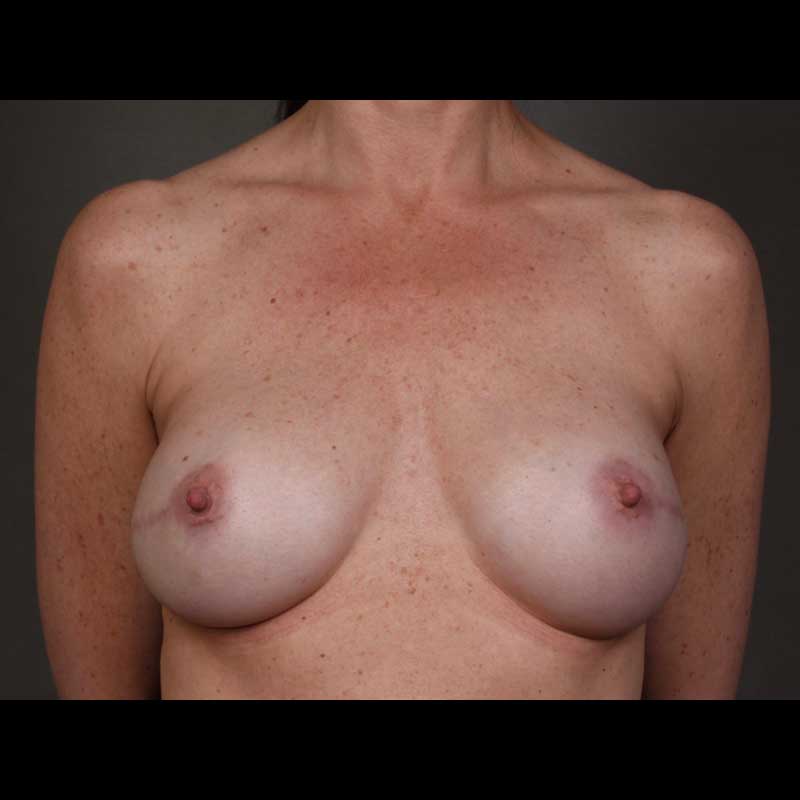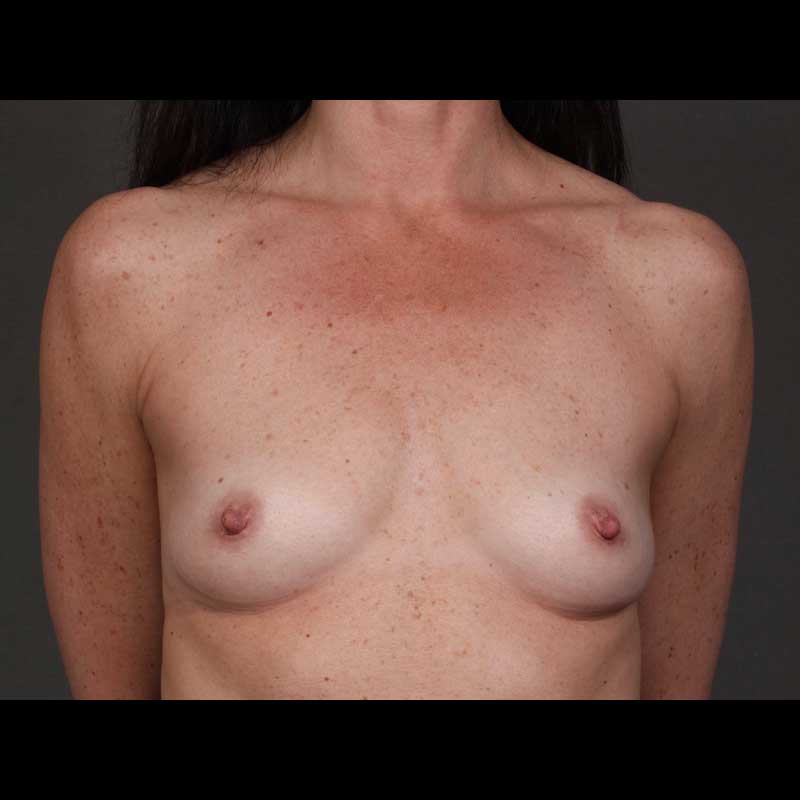Summary
Risk-reducing mastectomy is the removal of one or both healthy breasts to decrease the risk of developing breast cancer. Individuals who are at high-risk of developing breast cancer are considered candidates for bilateral risk-reducing mastectomies. You may be a candidate for risk-reducing mastectomy if you meet any of the following criteria:
- First-degree relatives with premenopausal breast cancer (such as a mother or sister with breast cancer before the age of 50)
- Harmful genetic mutations that increase the risk of breast cancer (such as BRCA1 or BRCA2 genetic mutations)
- History of breast cancer in one breast, which increases the risk of developing cancer in the other breast
- History of radiation treatment to the chest wall earlier in life
- Dense breasts that make the evaluation of breast abnormalities difficult
- Diagnosis of lobular carcinoma-in-situ, a risk factor for future invasive breast cancer
At NYBRA Plastic Surgery, we routinely perform breast reconstruction following risk-reducing mastectomy. By consulting with your breast surgeon or oncologist, you can determine if preventive treatment with risk-reducing mastectomy is right for you. Our team can then help you understand your options for breast reconstruction and coordinate care with your breast surgeon.
Types of procedures
- Bilateral Risk-reducing Mastectomy: This is performed to reduce the risk of breast cancer in women who do not have breast cancer but are otherwise at higher risk of developing breast cancer.
- Contralateral Risk-reducing Mastectomy: Many women having mastectomy to remove a breast with breast cancer will decide to have a risk-reducing mastectomy to remove the opposite healthy breast.
Procedure details
- Your breast surgeon and oncologist can help you determine if you may benefit from risk-reducing mastectomy
- When bilateral risk-reducing mastectomy is performed for an increased risk of breast cancer, the nipple and areola can be preserved
- If nipple-sparing mastectomy is performed for breast cancer on one side, then risk-reducing mastectomy on the other breast may also be performed with a nipple-sparing approach
- Immediate breast reconstruction is available for most patients having risk-reducing mastectomy
- During consultation with one of our surgeons, we will help you decide which approach to breast reconstruction is best for you
- In most cases, risk-reducing mastectomy and reconstruction can be accomplished in one procedure coordinated with your breast surgeon
Risks & Benefits
Bilateral risk-reducing mastectomy will dramatically reduce the risk of breast cancer in patients that are otherwise at high risk of developing breast cancer. Contralateral risk-reducing mastectomy will similarly reduce the risk of breast cancer developing in an opposite healthy breast removed at the time of mastectomy for breast cancer. The surgical risks related to risk-reducing mastectomy and reconstruction depend on the type of breast reconstruction procedure chosen. If you are at high risk of developing breast cancer, the primary benefit of risk-reducing mastectomy and reconstruction is the peace of mind that comes with taking active measures to reduce your risk of developing breast cancer.
Frequently Asked Questions
If I have a risk-reducing mastectomy and reconstruction will I still need to have mammograms?
No. Screening mammograms are not required after mastectomy and breast reconstruction. Your breast surgeon and plastic surgeon will let you know how you will need to be monitored after surgery.
Will my insurance company pay for risk-reducing mastectomy if I don’t have breast cancer?
If you don’t have breast cancer, there is no federal law that requires insurance companies to provide coverage for risk-reducing mastectomy. In New York State, legal guidelines require insurance companies to use clinical criteria and the most recent medical literature to determine medical necessity. In our experience, if you meet clinical criteria for risk-reducing surgery, your insurance company will provide coverage for both the mastectomy surgery and for breast reconstruction.
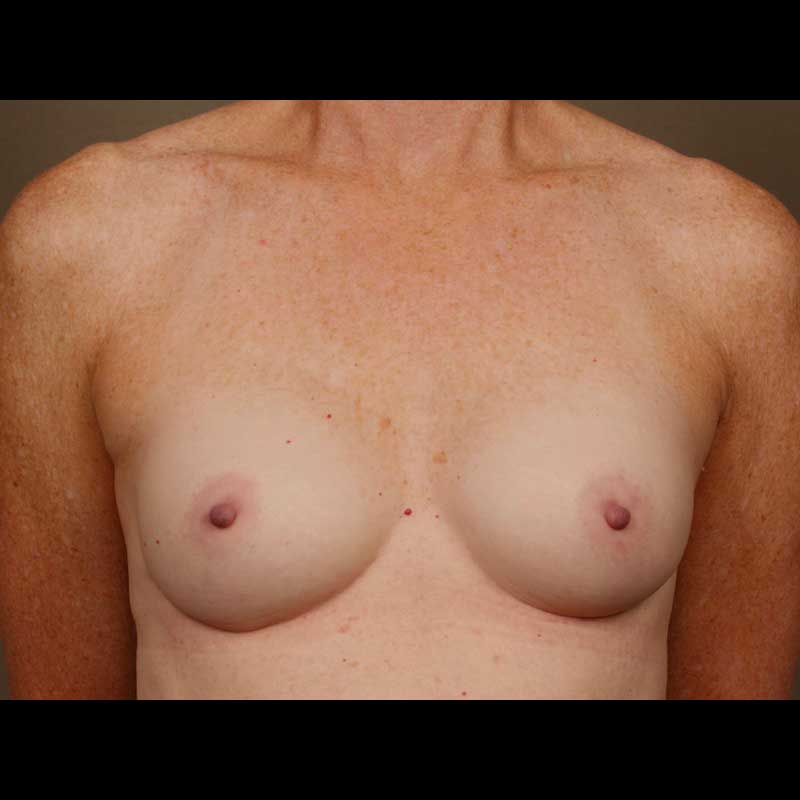
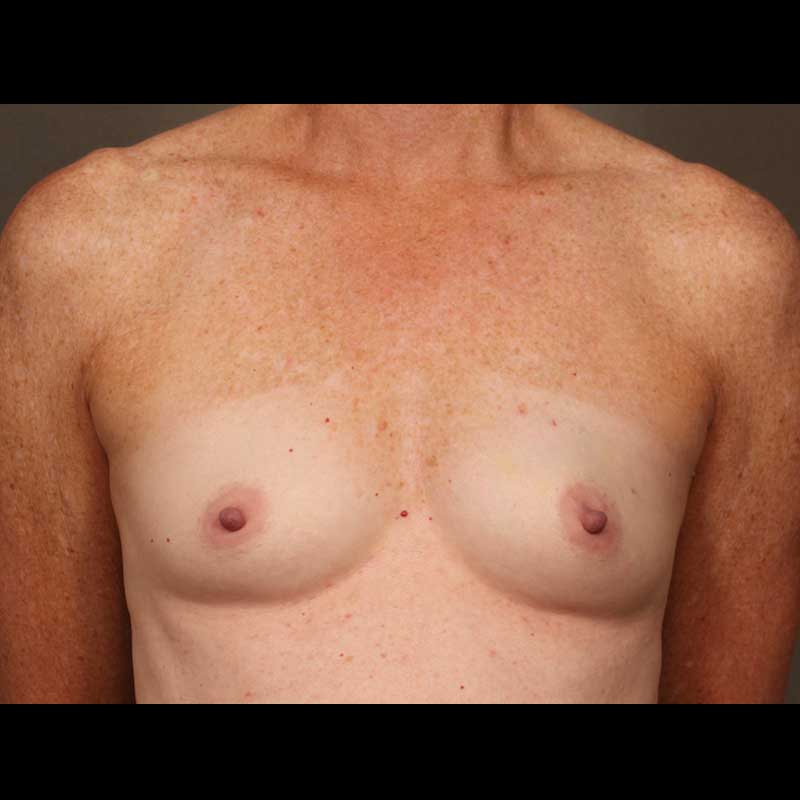
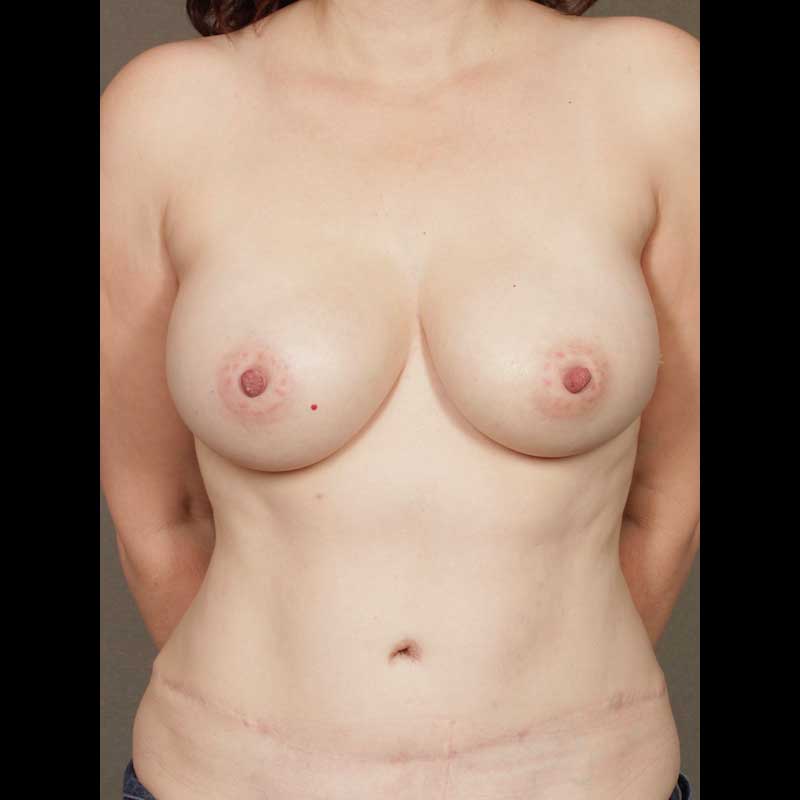
![Case 7 Color photo of ]Breast Reconstruction DIEP Flap](http://nybra.com/wp-content/uploads/2020/03/hn-pre-1-wbg.jpg)
